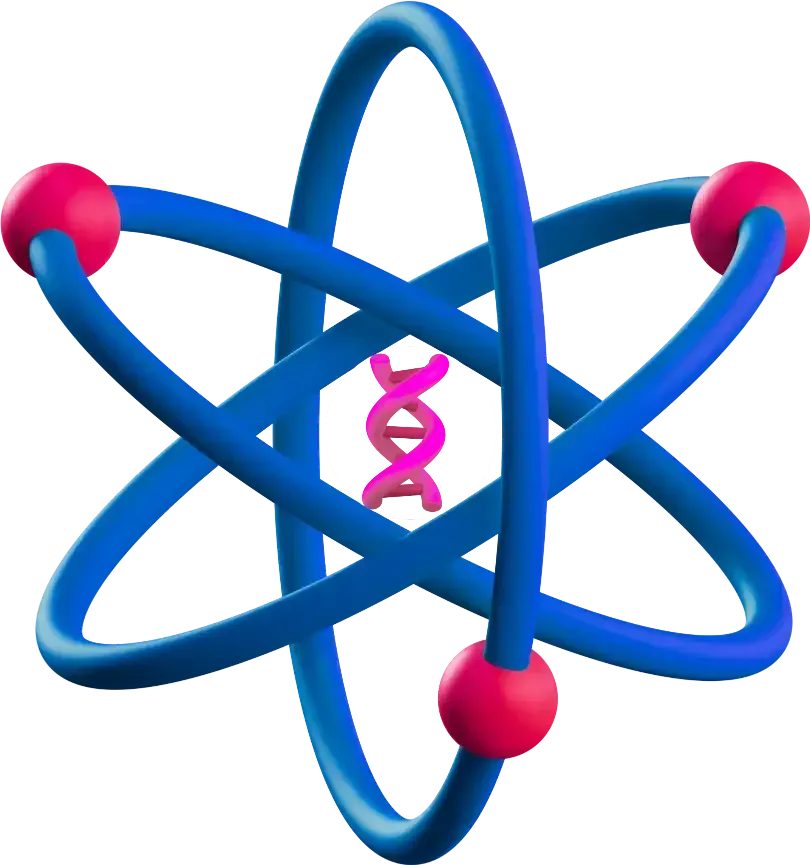IGCSE Chemistry
2026 - 2028
Syllabus Checklist ✅
Topic 17: Organic Chemistry
Formulae, Functional Groups, and Terminology
Draw and interpret the displayed formula
of a molecule to show all atoms and bonds
Write and interpret general formulae
for homologous series: (a) alkanes
C n
H 2n+2
(b) alkenes
C n
H 2n
(c) alcohols
C n
H 2n+1
OH (d) carboxylic acids
C n
H 2n+1
COOH
Identify a functional group
as the atom/group that determines chemical properties of a homologous series
State that a structural formula
unambiguously shows atom arrangement, e.g. CH₂=CH₂
, CH₃CH₂OH
, CH₃COOCH₃
Define structural isomers
: same molecular formula, different structural formulae; e.g. C₄H₁₀ as CH₃CH₂CH₂CH₃
& CH₃CH(CH₃)CH₃
, C₄H₈ as CH₃CH₂CH=CH₂
& CH₃CH=CHCH₃
State that a homologous series
is a family with similar chemical properties due to the same functional group
General characteristics of a homologous series: (a) same functional group
(b) same general formula
(c) differ by –CH₂–
(d) trend in physical properties
(e) similar chemical properties
State that a saturated
compound has only C–C single bonds
State that an unsaturated
compound has one or more C–C bonds that are not single
Naming Organic Compounds
Name & draw displayed formulae of: (a) methane
(b) ethane
(c) ethene
(d) ethanol
(e) ethanoic acid
Identify type from name ending: -ane
, -ene
, -ol
, -oic acid
or from molecular/displayed formula
Name & draw unbranched alkanes
Name & draw unbranched alkenes
, including but-1-ene
and but-2-ene
Name & draw unbranched alcohols
, including propan-1-ol
, propan-2-ol
, butan-1-ol
, butan-2-ol
Name & draw unbranched carboxylic acids
(up to 4 carbons)
Name & draw displayed formulae of unbranched esters
made from unbranched alcohols and carboxylic acids (each up to 4 carbons)
Fuels
Name fossil fuels: coal
, natural gas
, petroleum
; main constituent of natural gas is methane
State that hydrocarbons
contain only hydrogen
and carbon
; petroleum is a mixture
of hydrocarbons
Describe fractional distillation
of petroleum into useful fractions
Properties trend from bottom → top of column: (a) decreasing chain length
(b) higher volatility
(c) lower boiling points
(d) lower viscosity
Uses of fractions: (a) refinery gas
– heating/cooking (b) gasoline/petrol
– cars (c) naphtha
– feedstock (d) kerosene/paraffin
– jet fuel (e) diesel/gas oil
– diesel engines (f) fuel oil
– ships/heating (g) lubricating oil
– lubricants/waxes/polishes (h) bitumen
– roads
Alkanes
State: bonding in alkanes
is single covalent; alkanes are saturated hydrocarbons
Describe properties: generally unreactive
except for combustion
and substitution by chlorine
Define substitution reaction
: one atom/group replaced by another
Describe photochemical substitution
of alkanes with chlorine (UV provides E a
), and draw products (limited to monosubstitution
)
Alkenes
State: bonding in alkenes
includes a C=C double bond
; alkenes are unsaturated hydrocarbons
Describe manufacture of alkenes and hydrogen by cracking
large alkanes (high temperature + catalyst
)
Give reasons for cracking
larger alkanes
Describe test to distinguish saturated vs unsaturated hydrocarbons using aqueous bromine
State that in an addition reaction
only one product is formed
Describe addition reactions of alkenes and draw products: (a) with bromine/aq. bromine
(b) with hydrogen
(Ni catalyst) (c) with steam
(acid catalyst)
Alcohols
Manufacture of ethanol
by: (a) fermentation
of aq. glucose at 25–35 °C
with yeast
in absence of O₂ (b) catalytic addition of steam to ethene
at 300 °C
& 6000 kPa / 60 atm
(acid catalyst)
Describe combustion
of ethanol
State uses of ethanol as: (a) solvent
(b) fuel
Advantages & disadvantages of ethanol manufacture by: (a) fermentation
(b) steam addition to ethene
Carboxylic Acids
Reactions of ethanoic acid
with: (a) metals
(b) bases
(c) carbonates
, including names & formulae of salts produced
Formation of ethanoic acid by oxidation of ethanol: (a) with acidified aq. KMnO₄
(b) by bacterial oxidation
(vinegar production)
Describe esterification
: carboxylic acid + alcohol (acid catalyst) → ester


